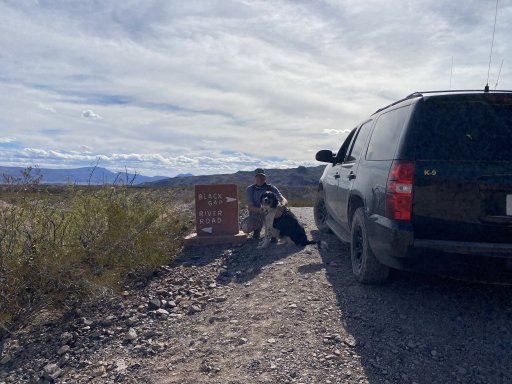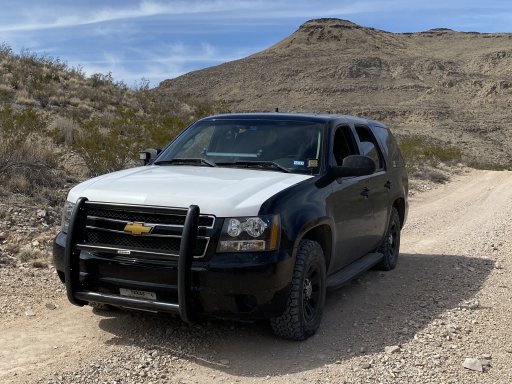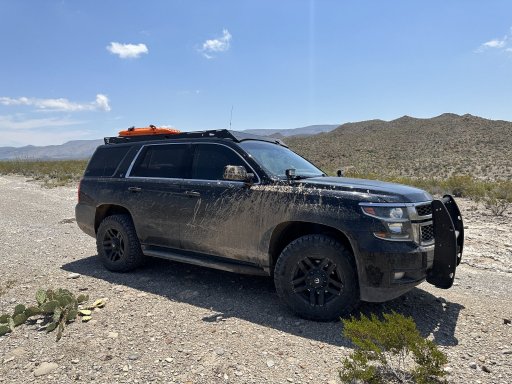
Contributor III
Hi all,
I have recently caught the over landing bug and really eager to get out and adventure! I have camped all my life, however have not done much off-roading, however it has always been of interest to me.
A few months back I purchased a ‘22 sierra denali ultimate (couldn’t get my hands on an AT4X) and I would prefer to modify this truck for overlanding, rather than buy another rig. So — my question is.. what upgrades would need to be done, at minimum to this bone stock Denali ultimate in order to make it a capable off-roader on light to moderate trails? Is it even feasible? Am I a goofball?
Thanks so much for any advice!
I have recently caught the over landing bug and really eager to get out and adventure! I have camped all my life, however have not done much off-roading, however it has always been of interest to me.
A few months back I purchased a ‘22 sierra denali ultimate (couldn’t get my hands on an AT4X) and I would prefer to modify this truck for overlanding, rather than buy another rig. So — my question is.. what upgrades would need to be done, at minimum to this bone stock Denali ultimate in order to make it a capable off-roader on light to moderate trails? Is it even feasible? Am I a goofball?
Thanks so much for any advice!








